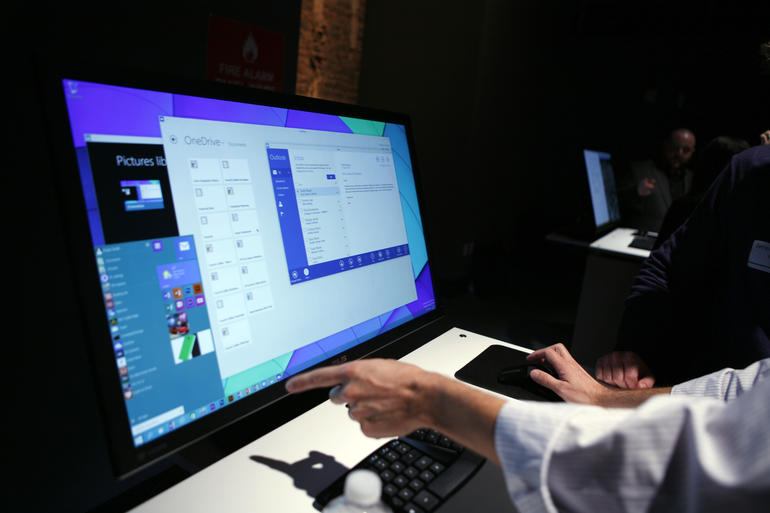Microsoft released the first major Windows 10 update a few weeks ago, but the operating system’s spying capabilities are still intact – though you can disable them from the settings app if you follow the instructions in our earlier post. But it looks like Microsoft did make certain changes under the hood, and Windows 10’s spying features may have been reenabled even on those machines that were configured to prevent data from reaching Microsoft’s servers.
DON’T MISS: 10 glaring mistakes you might have missed while watching the Star Wars prequels
Earlier this month, Microsoft acknowledged that it can’t shut off automatic spying in Windows 10, Forbes reports. At the same time, Windows 10 users have discovered that the background service handling tracking (the Diagnostic Tracking Service or DiagTrack) disappeared after the November update.
However, that’s really not the case. Microsoft renamed DiagTrack, which is now called Connected User Experiences and Telemetry Service, and which still runs in the background. What’s worse is that, following the update, Windows just disregards the user’s previously saved privacy settings and resets everything to defaults.
The good news is that you can still disable the service again. However, many Windows 10 users would probably expect these preferences to survive updates. It would be very disconcerting to find out Microsoft plans to reset preferences, including privacy settings, with each major upgrade.
Here’s how you can disable the new Connected User Experiences and Telemetry Service (just like you did with DiagTrack):
- Hold down the Windows key and tap the R key
- In the box that opens type ‘services.msc’ and press the Enter key
- In the ‘Services (Local)’ section locate ‘Connected User Experiences and Telemetry’ and double-click it
- In the ‘Service status’ section click ‘Stop’
- Under the ‘Startup type’ drop-down menu select ‘Disabled’ and then confirm this and close the window by clicking ‘OK’
Forbes
advises against deleting the service, as this might cause other problems.








